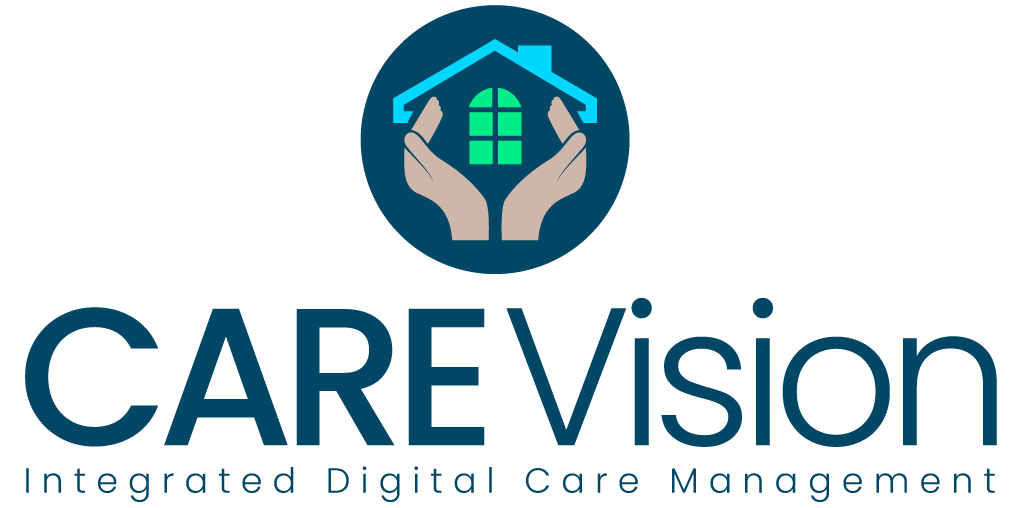A large part of any care home’s administration centres around who is on site at any given time – and what they are doing there. This includes staff, residents and visitors. While the first two categories are fairly easy to manage as they are either there permanently or very regularly, ensuring that you can keep track of visitors correctly requires a slightly different approach.
Visitors books have long been the preferred option for care homes to record the comings and goings of visiting therapists, friends and family members, contractors etc. They can be a familiar sight at reception desks and are ideal for recording people as they come and go, as well as for looking back at historical data when required. However, paper visitors books have their limitations. They can be mislaid or torn, compromising the personal details written inside. They also take up a lot of space on what can be a busy reception desk.
Make the switch to an electronic visitors book
These limitations are removed when a paper visitors book is replaced by an electronic one. Part of a wider care management software system, a digital visitors book is easy to set up, quick to use and extremely helpful in terms of storing and retrieving data efficiently when needed. Here are some more reasons for switching to electronic visitor records.
GDPR compliance
GDPR laws came into effect across Europe in May 2018 and are designed to protect people’s personal data and privacy. Using a fully secure, digital visitors book to capture data, such as name, address, company details, vehicle registration numbers, purpose of visit etc., helps keep everything confidential and secure. There is no risk of paper sheets containing personal data getting lost, stolen or mistakenly thrown away. Electronic records also provide care homes with indisputable proof of compliance with these strict privacy and data protection laws.
Speedy sign-ins
Digital sign-ins are often far quicker to complete than hand-writing details into a paper visitors book. People can enter their details and make use of functions such as automatic address finders and autocorrect to complete their details more efficiently. This stops queues building up during busy visiting times and connects residents or staff members with their visitors more quickly. It also does away with any problems around being unable to read someone’s handwriting if the records need to be reviewed later on, thus speeding up the checking process.
Accurate data
Indecipherable handwriting is not the only problem with paper-based visitors books. People can make mistakes when filling in their details in their haste to get past reception and inside to see their loved one. Or they might leave an important section blank unintentionally. Having an electronic system means that gaps are flagged up to alert people to their mistake. Addresses that are automatically filled in using a postcode will also appear correctly spelled and laid out. Finally, having everyone use the same format to record their details will result in a uniform set of details, which can be easily compared and analysed whenever required. An example of this is setting all times in and out to either the 12-hour clock or the 24-hour clock means that there will be no confusion over which “eight o’clock” the visitor meant when they wrote down the time when they exited the building.
Rapid reporting
As well as accuracy, a key element for reporting on visitor data is being able to pull out the details quickly and easily. Paper records would take a long time to read through and note down, or even retype the details required. Then, there is the risk that some data is not included if the person recording it turns over two pages at once by mistake. Digital records can be accessed quickly and conveniently, with passwords and security protection in place to prevent anyone who is not authorised to access it from doing so. What’s more, care management software can combine visitor records with other key information, such as staff on rota, residents’ activities and comparisons with other times of day, business sites or previous weeks, months or years.
Relationship building
Other features of an electronic visitors book focus on building relationships with visitors. Repeat visits can be monitored and people welcomed back appropriately. Functions allowing users to add photos or to scan in ID cards allow for even speedier access being granted to familiar visitors. Less admin and quicker ‘processing’ will keep relations between visitors and staff cordial and efficient on the reception desk. Conversely, a linked up visitor sign-in system makes it far easier to spot security breaches, should they occur and to deny access to people who might cause problems once inside the site, or who have been flagged up for concern previously.





